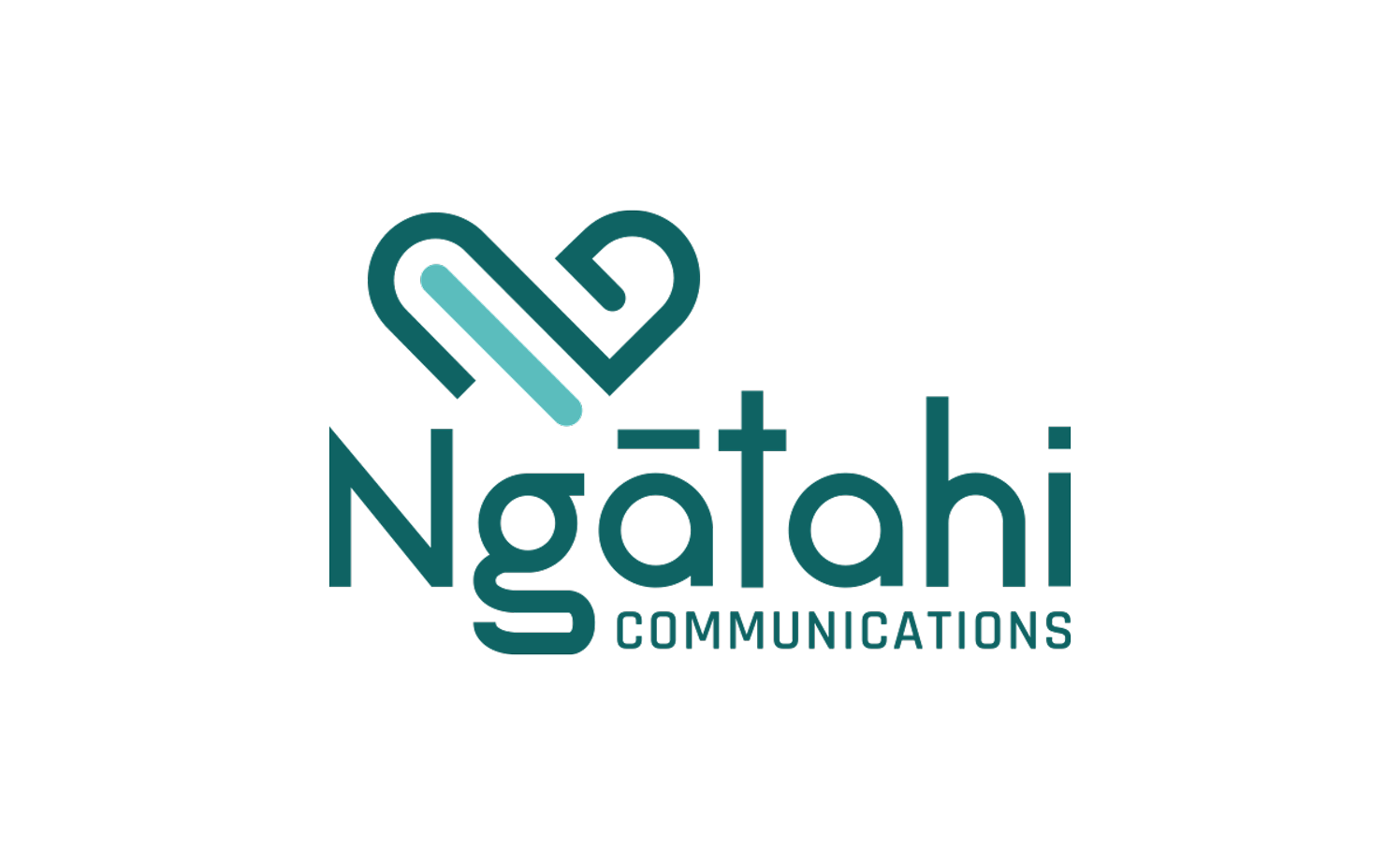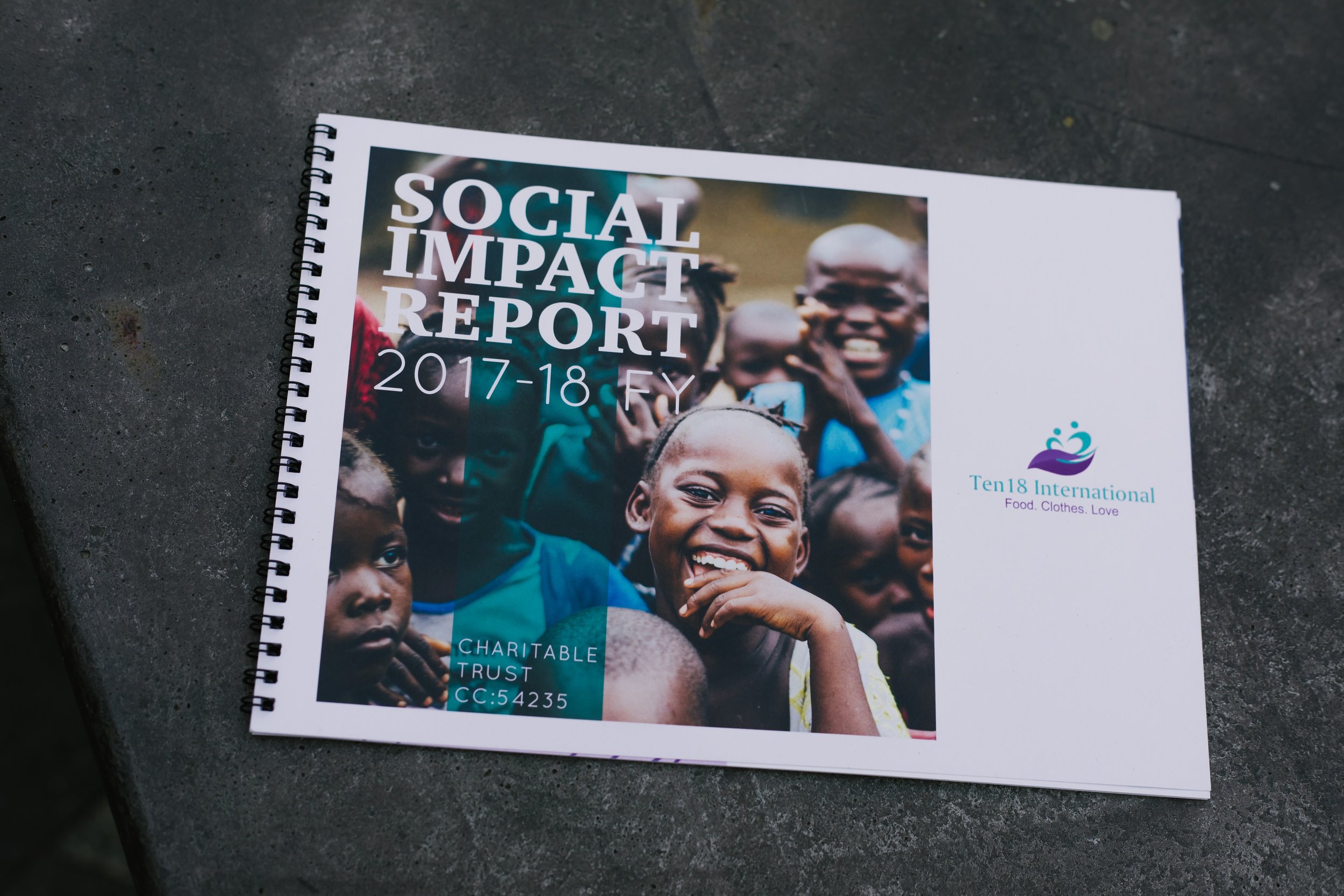Measuring and communicating impact: The rise of the annual impact report
/The ‘business for good’ movement is here to stay. To keep stakeholders and customers engaged, organisations now need to have a purpose beyond profit, and their social and environmental impact needs to be clearly communicated.
The stats say it all: In the recent Colmar Brunton Better Futures Report, 90% of Kiwis stated they would stop buying from a brand if they thought it was irresponsible or unethical; and globally, 87% of consumers believe that businesses should put at an emphasis on social interests.*
Being able to clearly articulate the real impact of your organisation puts you at a distinct advantage in this new business landscape, allowing you to strongly position your brand through positive and authentic communications activity.
However, to be able to talk about your impact, you first need to be able to measure it! This has given rise to a new era of business reporting that goes beyond financials: the annual impact report.
I spoke to accountant and business advisor Lisa Mead from impact business Social Currency Investments about this new style of reporting and what it means for businesses.
Lisa was recently recognised by Chartered Accountants Australia and New Zealand as a finalist at the New Zealand Charity Reporting Awards for her impact reporting style.
She’s also personally supported me to begin to quantify the impact I am working towards through my business, so that I can make decisions that benefit not just my clients and pro-bono partners, but also the health and wellbeing of the Canterbury community.
Targeting impact is teaching me a lot about how to do business for good, and Lisa’s advice on measuring impact is a must-read for any business that wants to drive better outcomes for people and the planet.
What is impact reporting and how does it differ from traditional reporting?
Impact reporting combines numbers and stories, with passion, purpose and outcomes. It offers creative, unique and powerful messaging for purpose-driven organisations.
Traditional reporting has been based on profit and loss, the balance sheet, the movement and distribution of funds, and what amount of money has been created for shareholders. The numbers are in black and white and satisfy legal and tax requirements.
However, when you operate a purpose-driven business - it’s not just about the profit margin. Although sustainability is key; impact reporting is about the use of funds according your organisation’s core mission.
So how can you get started on tracking your impact?
In order to effectively report on impact, you first need to clearly define the social, environmental or economic issue you’re working to address, and how your organisation supports that issue. There needs to be a clear goal for creating impact in order to measure it.
Creating Key Performance Indicators to track not only the traditional financial targets, but also the breadth and depth of impact your organisation is having in your target area, will form a solid basis for your impact report.
Where a business is operating as a social enterprise, there is more scope for incorporating impact measurement in everyday tasks associated with selling the product/service that is directly linked to the issue.
For example, if an organisation sells stainless steel straws, measurements associated with reduction in landfill, sea life protection, focus on sustainable products, and changes in consumer mindsets could be considered.
If you want to demonstrate that your organisation is delivering on what you stand for, impact reporting that goes beyond the numbers is key. It will help you and your stakeholders hone in on your organisation’s core purpose and create transparency and accountability.
Is there a standard for impact reporting and a format that should be followed?
Businesses operating for purpose over profit are not required to report on impact, but if the goal is positive change, impact measures should be incorporated into your annual report and ideally prepared in a separate impact report for stakeholders.
In 2015, the External Reporting Board created standards for not-for-profits and new templates for financial statements. However these templates are simplistic and mainly quantitative.
In terms of social enterprises and businesses operating for purpose, there is no such reporting template or requirement, and no one size fits all solution – as of yet.
What impact reporting format do you recommend?
For businesses incorporating impact, I believe each organisation is different, and their reporting should reflect that, with a future focus.
A standard impact report should incorporate:
the vision and mission of the organisation (purpose)
the aim or goal of the entity (big picture, short and long-term)
the issue and how that is being addressed
the theory of change based on actions by your purpose organisation (why you think what you do is going to change the core issue)
the financial and non-financial measures for the period and how they connect to the mission/purpose
how the organisation works on sustainability, supply chain, ethics, global Sustainable Development Goals, and its local/national/global footprint.
The impact report could also include:
the values of the organisation
current and future perspectives
any changes to the organisation’s focus
team, stakeholders and audiences
any collaborations or strategic partner relationships.
What are the benefits for businesses in quantifying their impact?
If businesses are aiming to be purpose-driven change-makers, the benefits for measuring quantitative and qualitative impact come down to building trust with clients/customers, and delivering on non-financial targets.
If there are certain statements made by the organisation in terms of a percentage of revenue/profit, these need to be reported on. If there are certain standards being met, such as paying the living wage, these need to be reported on.
Creating an organisation that claims to create change or have a positive impact is not a simple task, however the benefit of having clear targets and benchmarks means both you and your stakeholders are on the same page.
Keep it simple: create targets, measure your results and report on that.
People often won’t believe your impact until they see it – so showing and sharing the results is powerful.
What are some of the current challenges people face with impact reporting?
What I am seeing is people don’t know what they are measuring, or they haven’t considered fully how far their impact might be going.
For example, an organisation may be donating towards a particular cause, but the reporting stops at the dollar amount. It shouldn’t be like this; we need to understand the benefit those funds had on the recipient, what they were used for and how far the impact went.
This is where deeper measurement needs to take place, to bring real stories to the fore:
Maybe your organisation’s donations paid for a mentor for a child for a year and maybe that child gained confidence and started doing things like riding a bike or joining a sports team that they’d never wanted to do before.
Maybe your donations funded an app that supported educating the homeless and that then enabled jobs, reducing unemployment and enabling positive futures.
These are the stories you need to be sharing via your reporting to help your stakeholders understand the full level of your impact – and these stories need to be shared in more than one place, which is where communications strategy becomes so important.
Once you’ve measured it and reported on it, you need to have a clear plan for communicating your impact to your stakeholders. Exactly how you do that will depend on your organisation and I’ve put a bunch of questions to Hannah to answer in her next blog, with a focus on how to use impact reporting to better position your brand.
Next steps: Using impact reporting to raise brand awareness and encourage action
In my next blog, I’ll look at how impact reporting can feed into successful communications and public relations campaigns for social enterprises and charities, answering a tough set of questions from Lisa that cover the what, how and why of impact communications and storytelling. Keep an eye out for this next piece, coming soon.
If you’d like to learn more about impact reporting for your organisation, get in touch with Lisa via her website: www.socialcurrency.co.nz
* Statistics sourced from Edelman, 2017 and Colmar Brunton via The Why and How of Business for Good e-book by leading New Zealand social enterprise champion Tim Jones of Grow Good.





